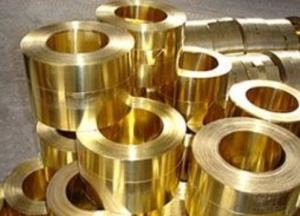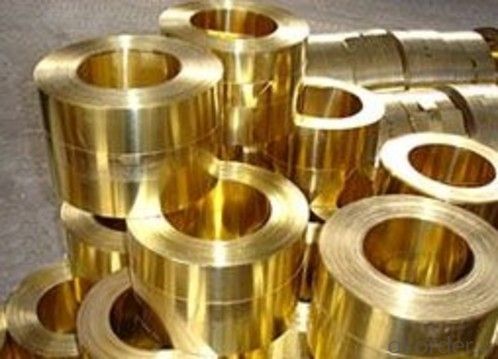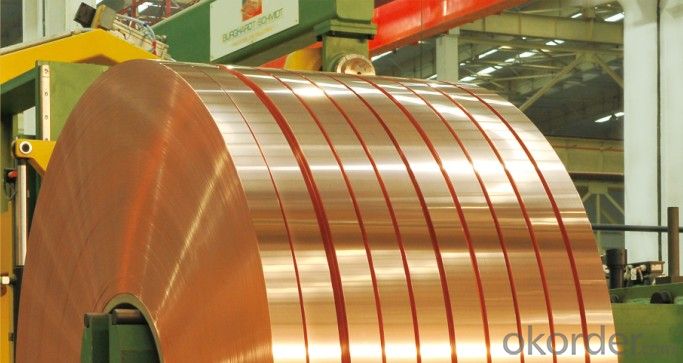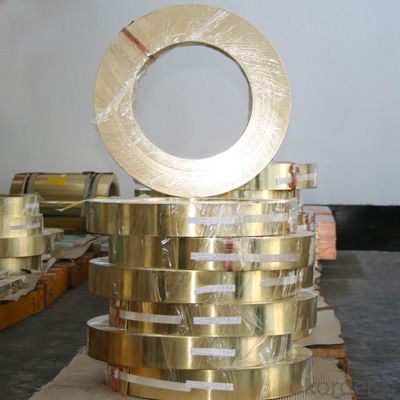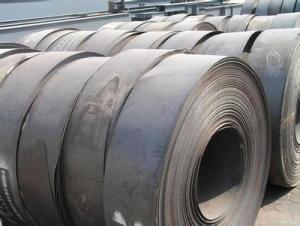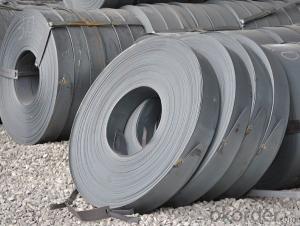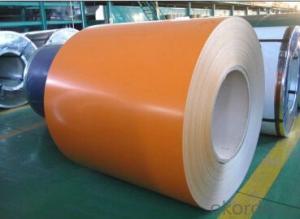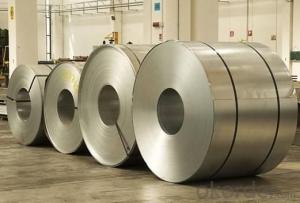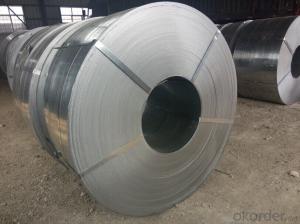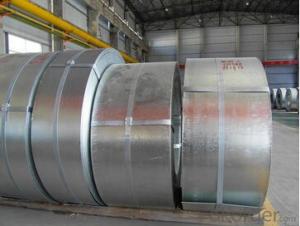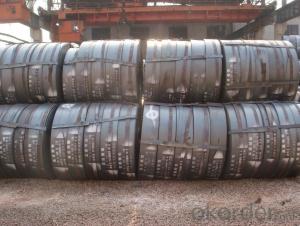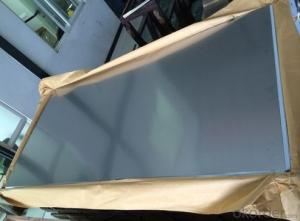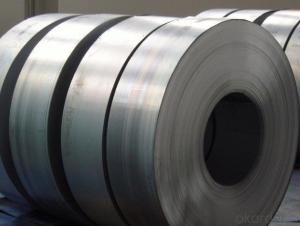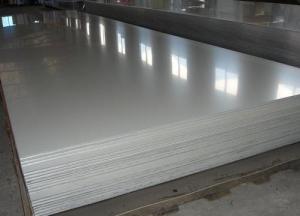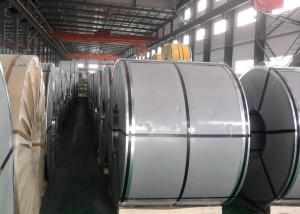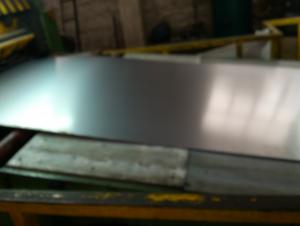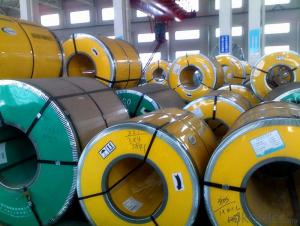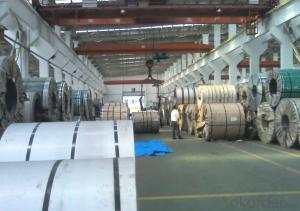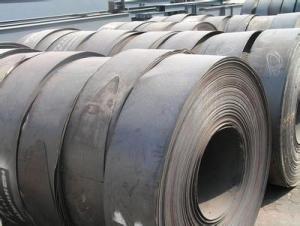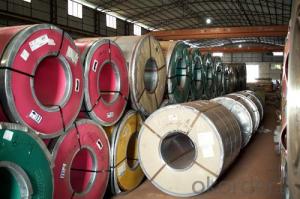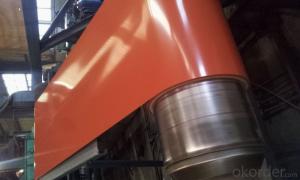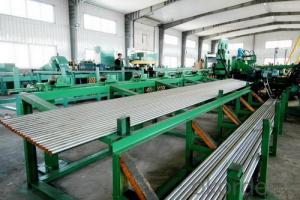Nickel Plated Copper Strips
- Loading Port:
- China Main Port
- Payment Terms:
- TT OR LC
- Min Order Qty:
- -
- Supply Capability:
- -
OKorder Service Pledge
OKorder Financial Service
You Might Also Like
Specifications
nickel plated copper strips
1. Purity: more than 99.7%
2. Strip Thickness: 0.05mm above
3. Resistance to corrosion in acid
nickel plated copper strips
Grade | Ni201 |
Standard | ASTM B162 |
Size | T0.05-0.5mm×W250mm×coil Slitting the width according to the requirements of customers’ |
Application | Metallurgy, electronics, chemical, petroleum, pharmaceutical, aerospace and other |
We supply Pure Nickel strip, the pure nickel strip has good mechanical properties over a wide range of temperature and excellent resistance to corrosive.
We could provide SGS test report and RoHs report.
Welcome to place a sample order.
- Q: Can steel strips be used in marine environments?
- Yes, steel strips can be used in marine environments. However, it is important to consider the grade and corrosion resistance of the steel to ensure it can withstand the harsh conditions, such as exposure to saltwater and moisture. Additionally, proper maintenance and protective coatings may be necessary to prevent corrosion and prolong the lifespan of the steel strips in marine environments.
- Q: What is the typical corrosion resistance of steel strips?
- The typical corrosion resistance of steel strips varies depending on factors such as the specific type of steel, its composition, and the environmental conditions in which it is exposed. However, steel is generally susceptible to corrosion, especially when exposed to moisture and harsh chemicals. To enhance the corrosion resistance of steel strips, various coatings and treatments can be applied, such as galvanization or the use of corrosion-resistant alloys.
- Q: How are steel strips classified based on their surface finish?
- Three main categories exist for classifying steel strips based on their surface finish: hot-rolled, cold-rolled, and coated. Hot-rolled steel strips undergo a process where the steel is heated above its recrystallization temperature and then passed through rolling mills. This process results in a rough surface finish with a scale layer. Hot-rolled strips are commonly used in applications where surface finish is not crucial, such as structural components and general fabrication. Conversely, cold-rolled steel strips are produced by further processing hot-rolled strips. Initially, the hot-rolled strips are pickled to remove the scale layer and then cold-rolled to decrease thickness and enhance surface finish. Cold-rolled strips have a smoother and more uniform surface finish compared to hot-rolled strips. They are often utilized in applications requiring precise dimensions and a higher quality surface, such as automotive parts, appliances, and electrical components. Finally, coated steel strips undergo treatment with a protective coating to improve performance and corrosion resistance. Zinc, aluminum, and organic coatings are common types of coatings used. The coated layer provides an additional barrier against environmental factors, thereby extending the lifespan of the steel strip. Coated steel strips find applications in various industries, including construction, automotive, and manufacturing. In conclusion, steel strips can be classified into hot-rolled, cold-rolled, and coated based on their surface finish. Each classification possesses distinct properties and characteristics, enabling a broad range of applications across various industries.
- Q: What are the different surface finishes available for decorative steel strips?
- Some of the different surface finishes available for decorative steel strips include polished, brushed, matte, textured, embossed, and powder coated finishes.
- Q: How are steel strips inspected for defects?
- Steel strips are inspected for defects through various methods such as visual inspection, ultrasonic testing, magnetic particle inspection, and eddy current testing. These techniques enable the detection of surface imperfections, cracks, and other structural flaws in the steel strips, ensuring their quality and compliance with industry standards.
- Q: How are steel strips used in the manufacturing of storage racks?
- Steel strips are commonly used in the manufacturing of storage racks as they provide strength, stability, and durability to the structure. These strips are often shaped and formed into various components, such as uprights, beams, and bracing, which are then assembled to create the frame of the storage rack. The steel strips also help to distribute the weight and load evenly across the rack, ensuring its stability and ability to hold heavy items.
- Q: How do steel strips perform in high-temperature applications?
- Steel strips perform well in high-temperature applications due to their excellent thermal conductivity and resistance to thermal expansion. Additionally, steel's high strength and durability allow it to maintain its structural integrity even at elevated temperatures.
- Q: Can steel strips be hardened?
- Yes, steel strips can be hardened through a process called heat treatment, which involves heating the steel to a specific temperature and then rapidly cooling it. This process changes the molecular structure of the steel, making it stronger and more durable.
- Q: How are steel strips tested for coating thickness?
- Steel strips are tested for coating thickness using various methods and instruments. One of the most common methods is the magnetic induction method, also known as magnetic pull-off method. In this method, a handheld gauge with a magnetic probe is used to measure the magnetic attraction between the probe and the steel strip. The coating thickness is then calculated based on the strength of the magnetic attraction. Another commonly used method is the eddy current method. This method utilizes a handheld gauge with an eddy current probe. The probe generates an alternating magnetic field that induces eddy currents in the steel strip. By measuring the impedance of these eddy currents, the coating thickness can be determined. Ultrasonic thickness gauges are also used to test coating thickness on steel strips. These gauges emit high-frequency sound waves that penetrate the coating and reflect back from the steel strip. By measuring the time it takes for the sound waves to travel and return, the coating thickness can be calculated. In addition to these methods, there are also destructive tests that involve cutting a small section of the steel strip and measuring the coating thickness using microscopy or other specialized equipment. However, destructive tests are typically used as a last resort or for quality control purposes. Overall, the testing of coating thickness on steel strips involves a combination of non-destructive methods such as magnetic induction, eddy current, and ultrasonic testing, along with occasional destructive tests for verification and quality control.
- Q: What are the standard dimensions of steel strips?
- The standard dimensions of steel strips can vary depending on the specific application and industry. However, common standard dimensions for steel strips range from widths of 0.5 inches to 36 inches and thicknesses of 0.001 inches to 0.5 inches.
Send your message to us
Nickel Plated Copper Strips
- Loading Port:
- China Main Port
- Payment Terms:
- TT OR LC
- Min Order Qty:
- -
- Supply Capability:
- -
OKorder Service Pledge
OKorder Financial Service
Similar products
Hot products
Hot Searches
Related keywords
